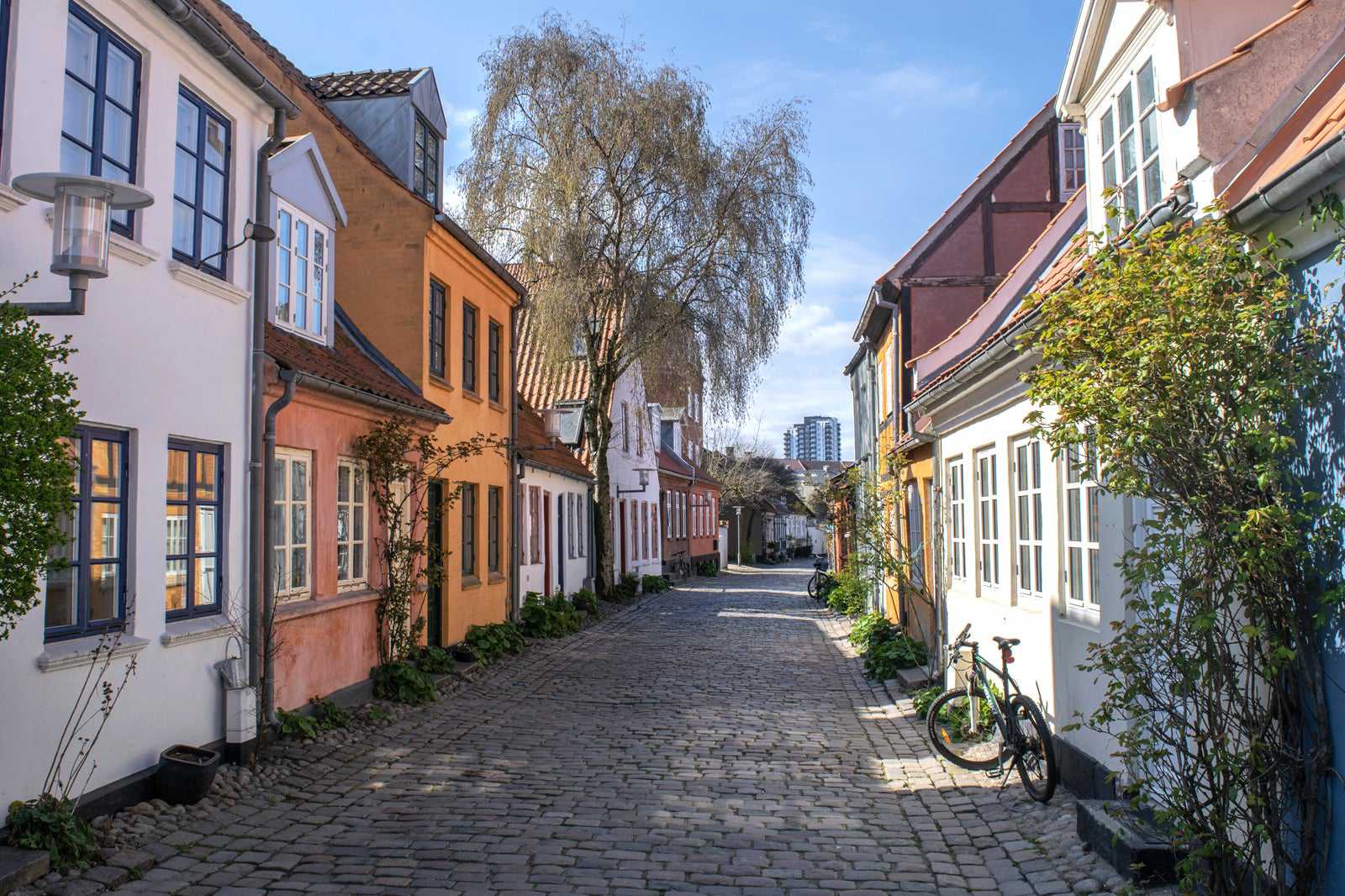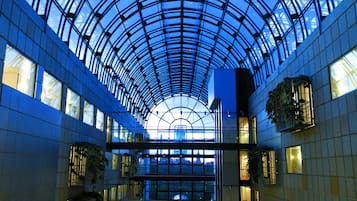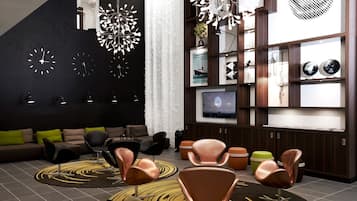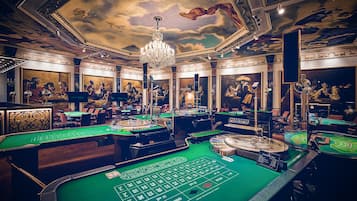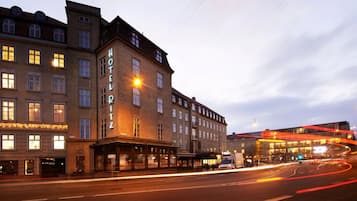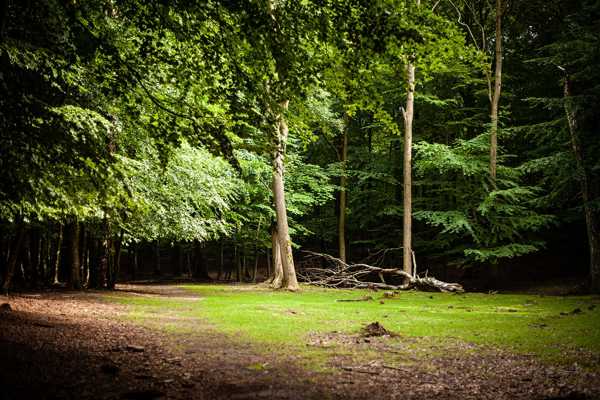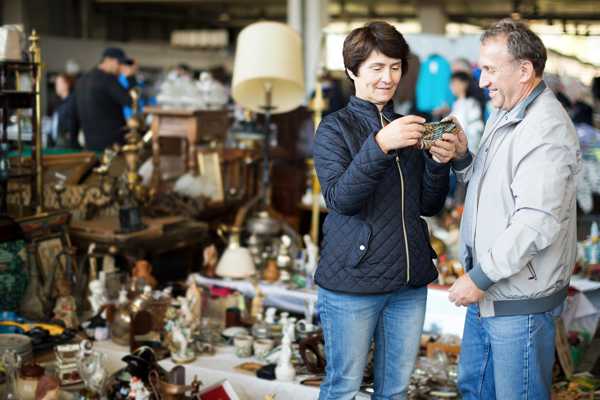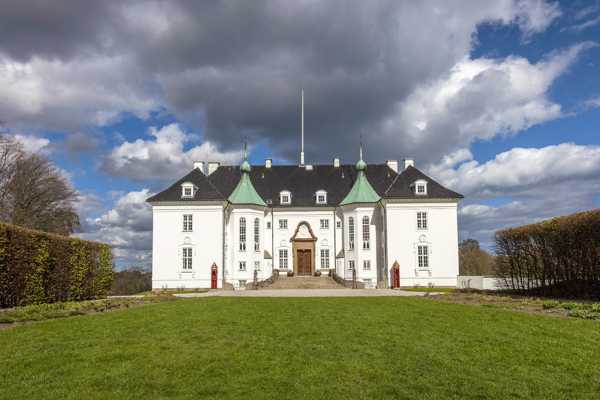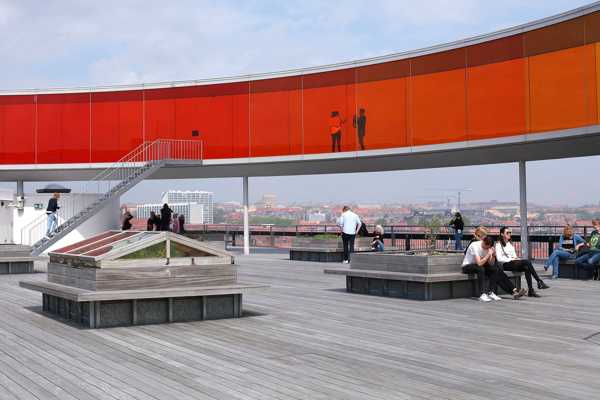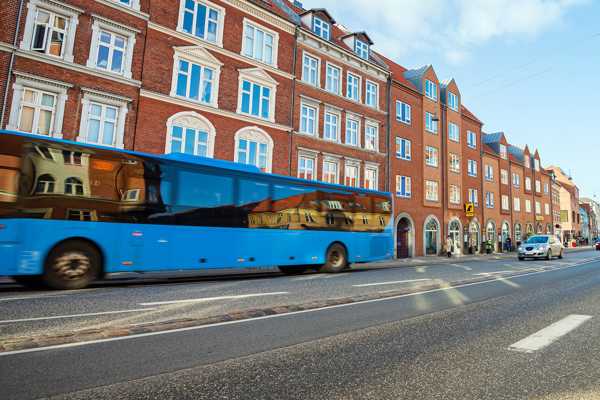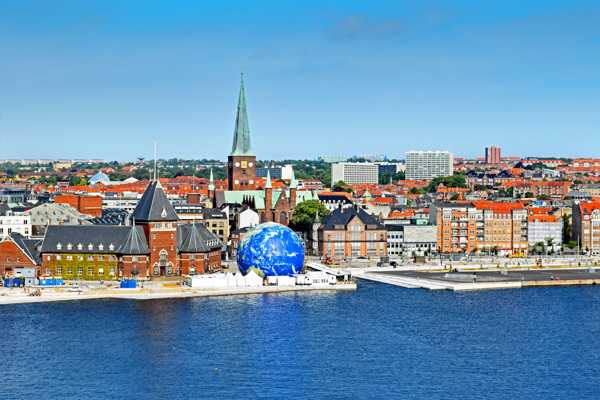Møllestien Lane in Aarhus is a small, charming street located in the heart of the City of Smiles, which is also called the Inner City. This neighbourhood is particularly known for its small houses and cobblestone streets, and Møllestien Lane is a great example, unmatched by any other street in the area. Here, you can explore a street that has been around since the 13th century, with small, cosy and colourful houses, most of which were built towards the end of the 1800s.
The small cobblestone street, which runs from Møllegade and down to Vester Allé, is popular with tourists. Møllestien Lane has built a reputation as the most beautiful street in Aarhus. However, behind the idyllic facades of the small houses and pink hollyhocks there is a stark history that involves poverty, slums and suffering, something which existed into the 1960s.
Møllestien Lane in Aarhus - one of the highlights of 11 Best Things to Do in Aarhus (Read all about Aarhus here)
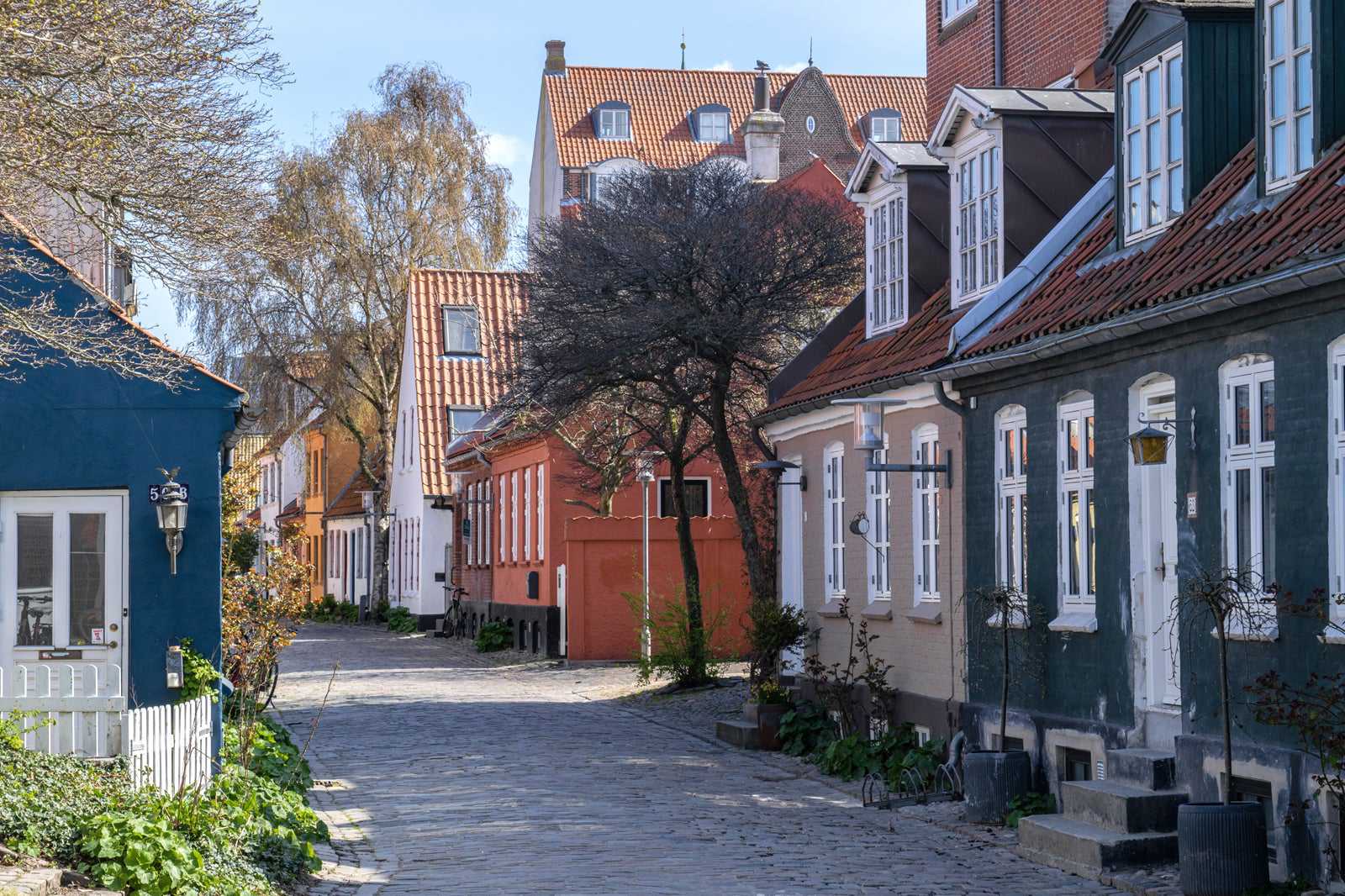
Highlights of Møllestien Lane
When you walk onto Møllestien Lane and feel the uneven cobblestones under your feet while you walk past one low town house after another, it'll be hard to imagine you are still in the centre of Aarhus. The calm and idyllic atmosphere at Møllestien Lane will take you back to old times. The street, with its numerous pink hollyhocks, which envelop the crooked, colourful houses, practically invites you to take pictures. If you are after an authentic experience, you have the opportunity to stay the night in two of Møllestien Lane's smallest houses.
Way back in 1818, a large square farm stood on the corner of Møllestien Lane. In 1819, one side of the farm was converted into rental accommodation, which today is at 41-45 Møllestien. Møllestien 53 is a remnant of the old farm's west wing, and today it houses a workshop.
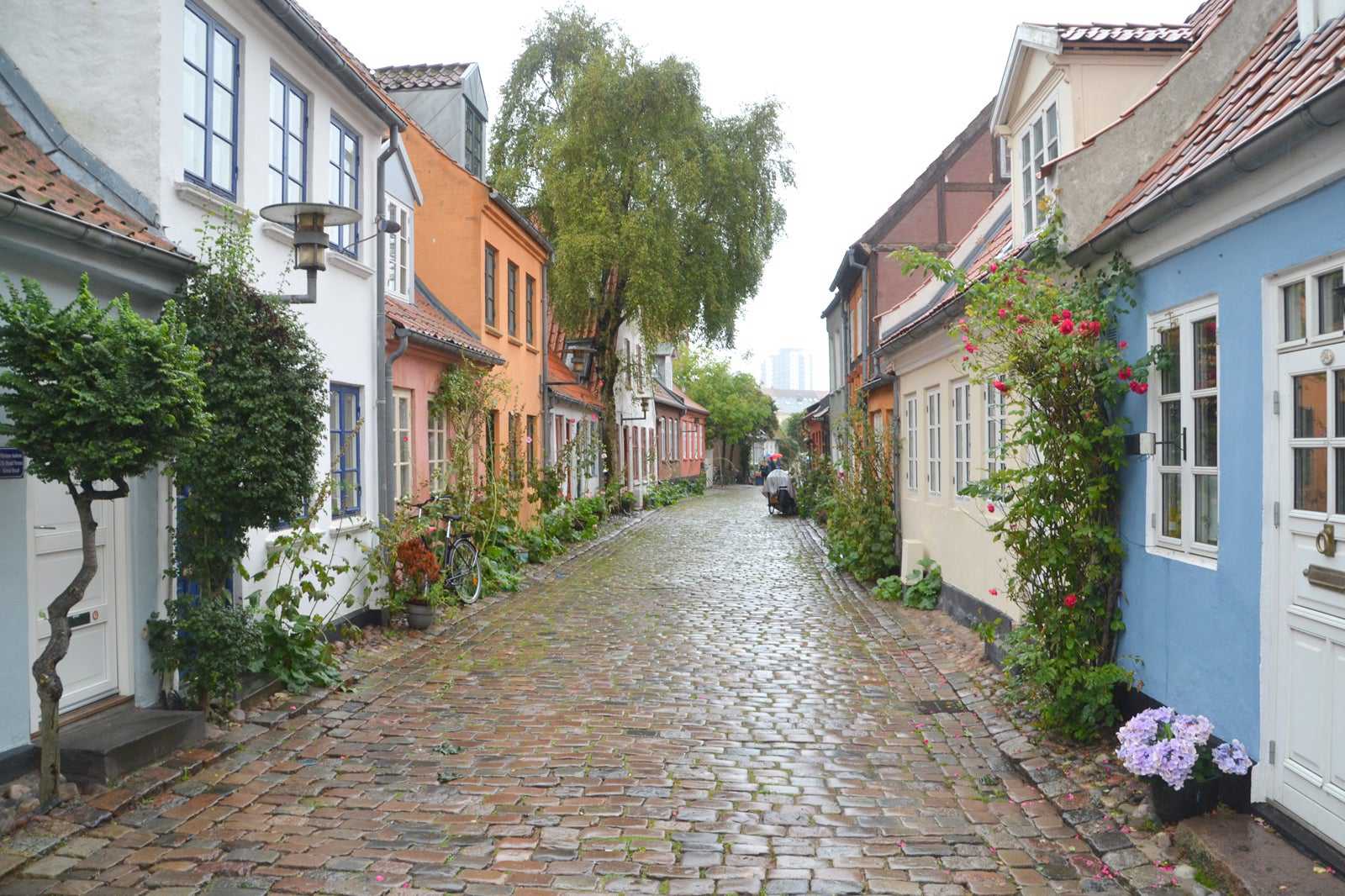
History of Møllestien Lane
Møllestien Lane can certainly be traced back to the 1200s, but there is a lot of evidence that it dates all the way back to the Viking Age. The actual name 'Møllestien' first appears in the 1600s, and the name probably originates from the mill that stood where Mølleparken is today. Even though it may be hard to believe, life on Møllestien Lane was not exactly a bed of roses.
In the 1600s, Mølle Cemetery (Møllekirkegården), which was the final resting place of criminals, the poor and unidentified bodies, was located near Møllestien Lane. Also, in 1688, two women living on the lane were convicted of witchcraft. Throughout the 1900s, poverty was commonplace, and Møllestien was a true slum neighbourhood where no one wanted to live despite the severe housing shortage. However, in the 1960s, the street was invaded by artists and students, who renovated the dilapidated houses and planted hollyhocks.
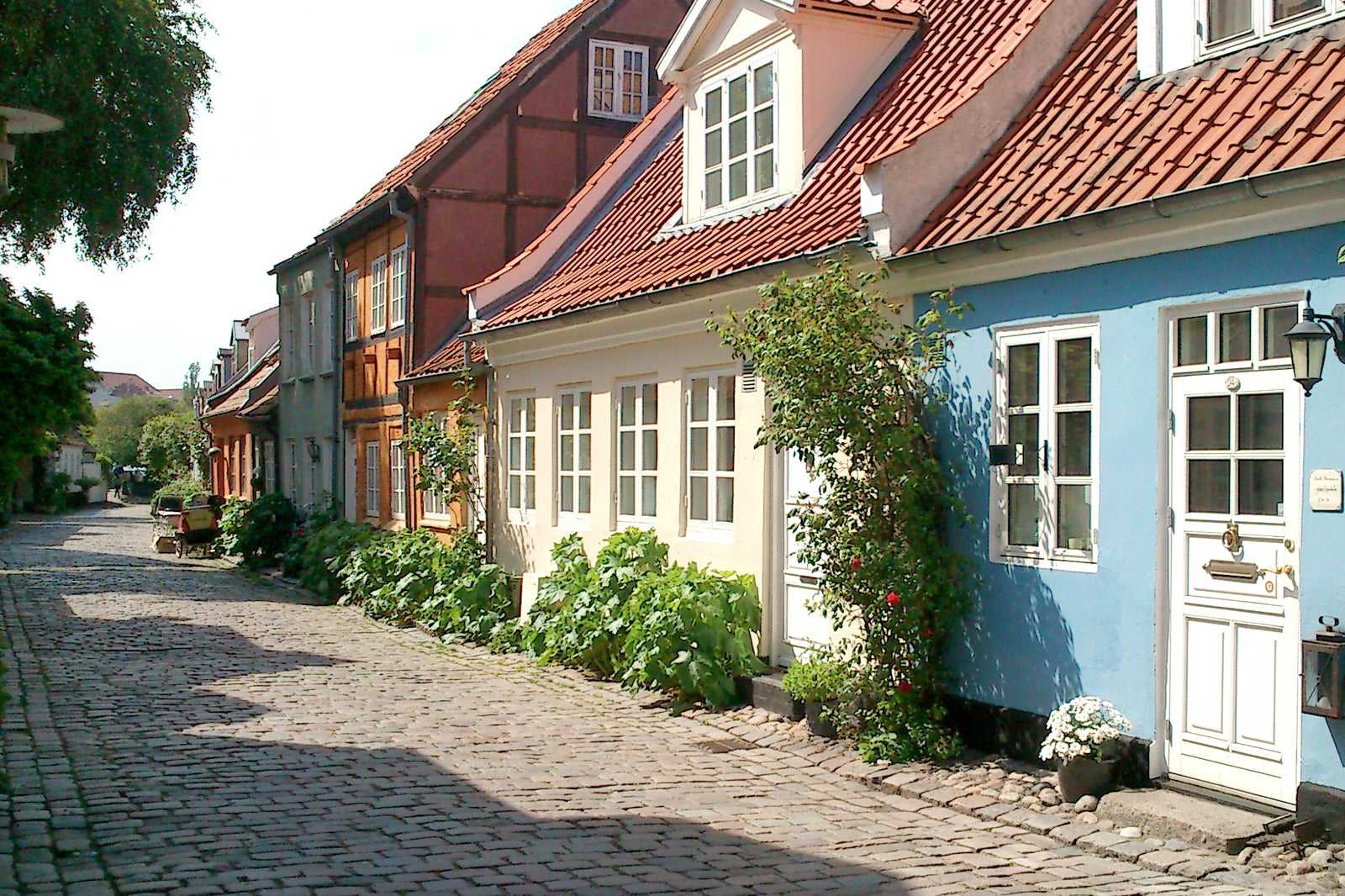
照片由 RhinoMind 拍攝 (CC BY-SA 3.0) 經過修圖
Good to know about Møllestien Lane
Møllestien Lane connects Vester Allé to the west with Grønnegade to the east, and it intersects Møllegade, which is more or less in the middle. However, not all parts of Møllestien Lane are equally worthy of a visit. On the segment that runs from Møllegade to Grønnegade, you will find an ordinary street with normal residences. The cobblestoned part of the street, which stretches from Møllegade towards Vester Allé, is full of small, colourful houses and hollyhocks, which crawl up the crooked walls towards the low rooftops.
The picturesque street is within walking distance of Aarhus Central Station and the beautiful Latin District, which is home to many other quaint and historic streets with old houses and crooked cobblestones. In parallel to Møllestien Lane there is Vestergade, where you can find a wide selection of hip coffee bars and small restaurants, which serve great food at student-friendly prices.
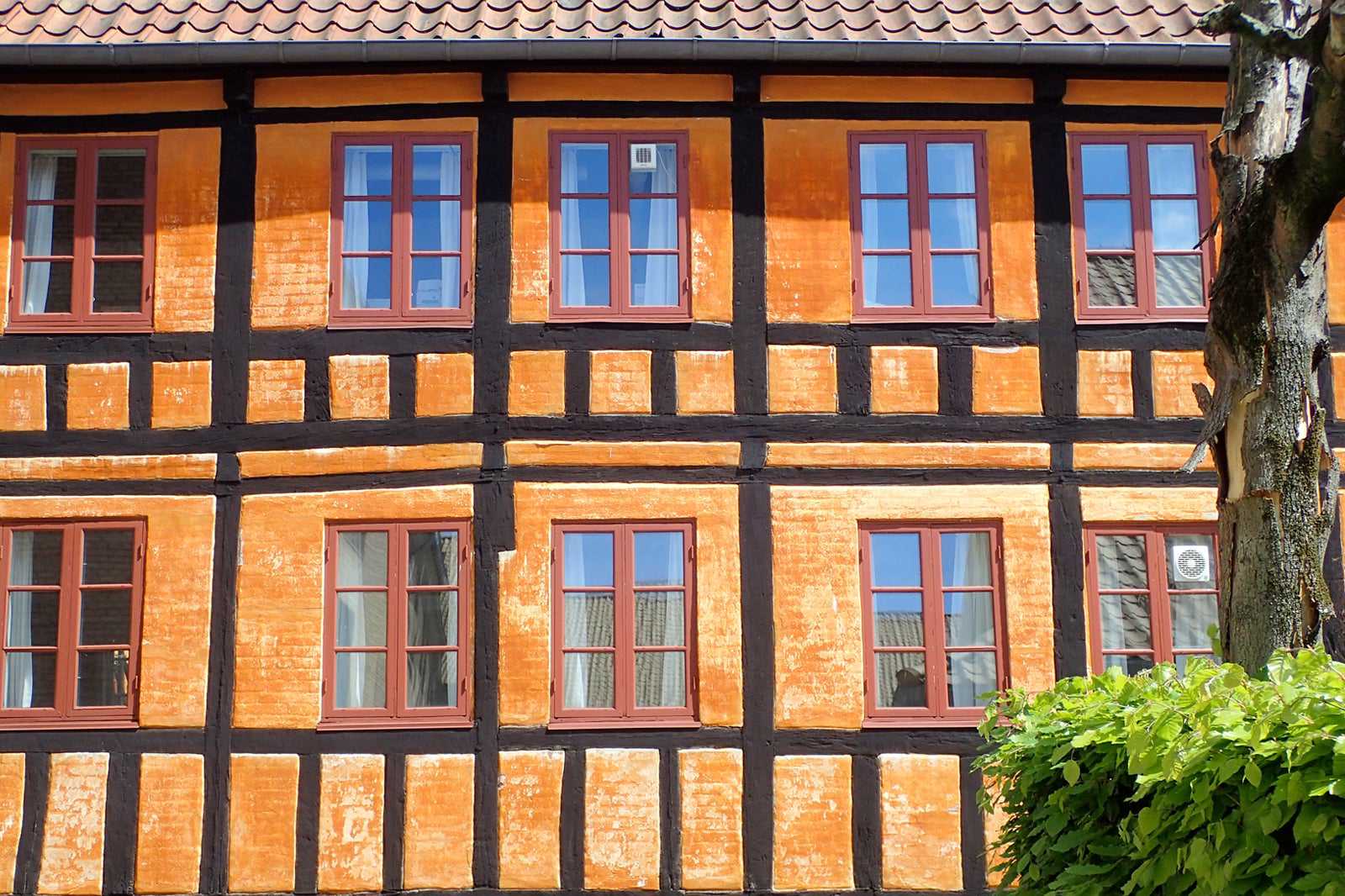
照片由 RhinoMind 拍攝 (CC BY-SA 4.0) 經過修圖
Møllestien Lane in Aarhus
位置資訊: 8000 Aarhus C, Denmark
